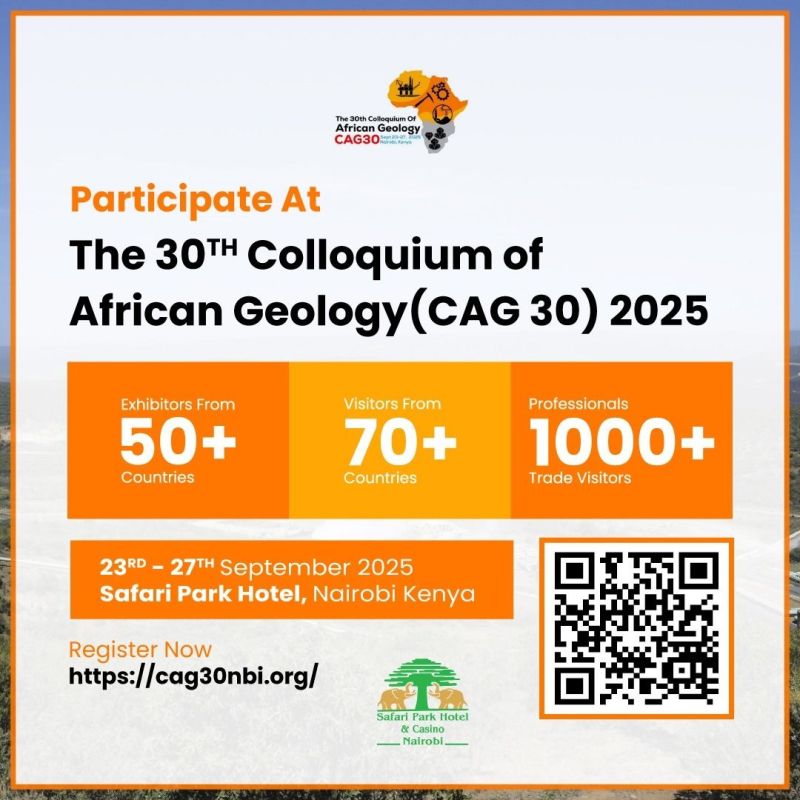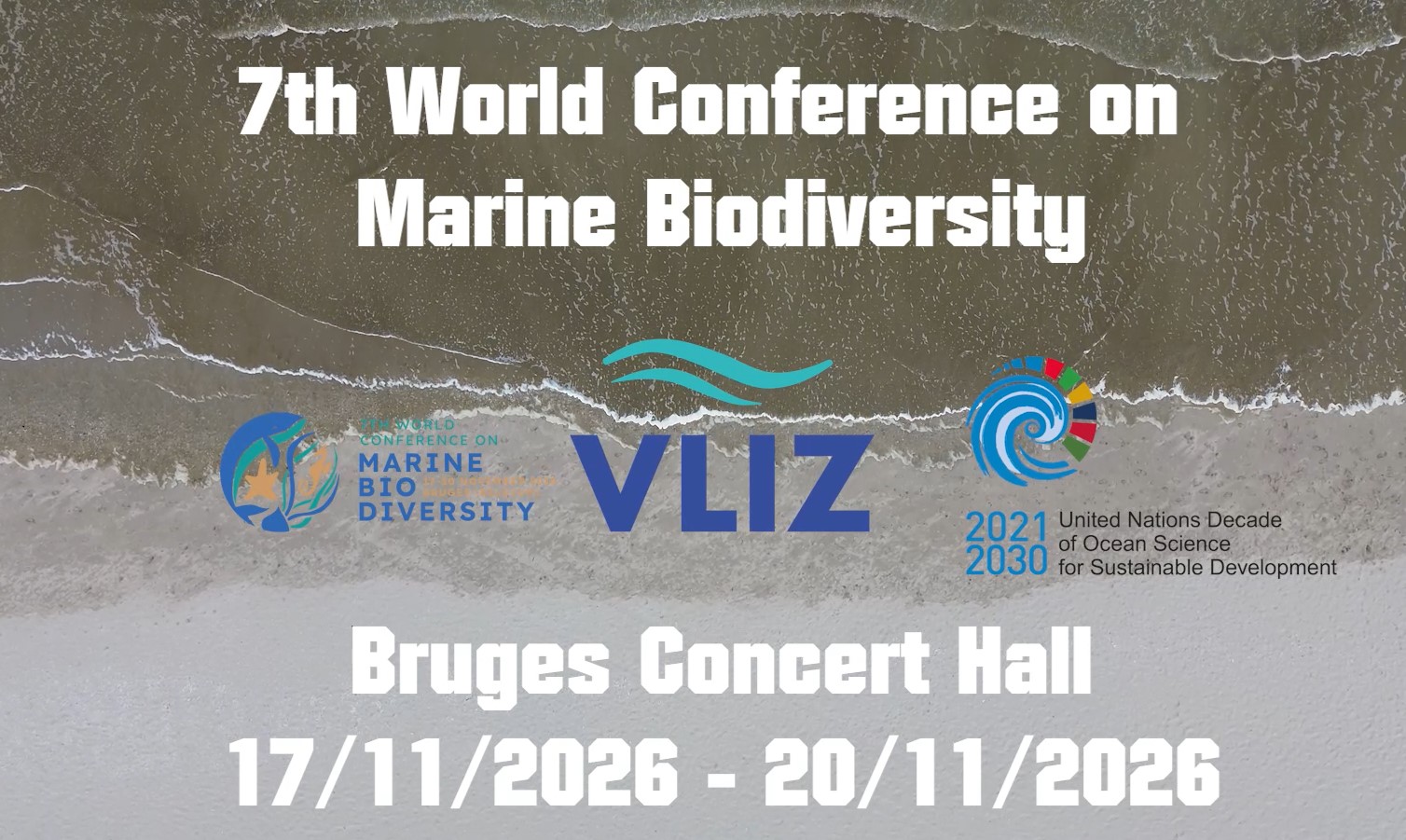On May 28, 2025, a significant milestone was set for the maritime future of Cameroon and Central Africa. The Port Autonome de Douala (PAD), in partnership with Africa Ports Development (APD), launched the financing for the Douala-Bonabéri Mixed Bulk Terminal—an ambitious infrastructure project valued at 282 billion FCFA. Designed as a transformative logistics hub for the Central African sub-region, this project signals a bold leap forward in regional maritime development.
A Vision Anchored in Public-Private Partnership
At the heart of the terminal project lies a Build-Operate-Transfer (BOT) model—an increasingly preferred framework for major infrastructure undertakings in Africa. This public-private partnership (PPP) structure ensures a balance between attracting private sector investment and maintaining public sector oversight. It combines efficiency with sustainability and ensures the long-term success and strategic relevance of the infrastructure.
This collaboration between PAD and APD aims not only to improve port efficiency but also to reposition Douala as a critical logistical lifeline for landlocked nations like Chad, the Central African Republic, and the Republic of Congo.
Next-Generation Infrastructure
Once complete, the Douala-Bonabéri Mixed Bulk Terminal will introduce cutting-edge logistics solutions and increase cargo-handling capacity dramatically. With construction scheduled over five years, the new terminal will feature:
- 900 meters of modern quays tailored for bulk operations.
- 36 hectares of operational land, optimizing logistics flow.
- Silos and conveyor systems with a storage capacity of 60,000 tons, expandable to 120,000 tons.
- Six warehouses totaling 31,000 m² for diversified storage.
- Integrated transport infrastructure, including rail and road networks for seamless cargo transfer from port to hinterland.
- Specialized infrastructure, such as gas pipelines and state-of-the-art fire safety systems.
Complementary facilities will include a 4,000 m² administrative center, a 3,000 m² storage unit, and a 3,250 m² maintenance workshop. The delivery of the first quay is expected by 2028—marking the beginning of operational readiness.

Economic Growth and Regional Impact
Beyond the technical scope, the Douala-Bonabéri terminal is positioned as a strategic economic enabler. The terminal will handle both mineral and agro-food bulk cargo, critical sectors for Central Africa’s economic resilience and food security.
By improving the capacity to import and export raw materials and essential commodities, the terminal supports industrial growth, enhances food distribution systems, and strengthens intra-African trade routes. It also aligns with the African Continental Free Trade Area (AfCFTA) objectives, aiming to reduce dependency on external trade routes and foster regional integration.
Moreover, the terminal is expected to generate thousands of jobs during both its construction and operational phases. This employment potential is vital for stimulating economic activity and improving livelihoods within the Douala-Bonabéri corridor and beyond.
Douala: The Gateway to Central Africa’s Future
This investment is more than just a port upgrade—it is a bold statement of intent by Cameroon to lead Central Africa into a new era of maritime and economic advancement. As regional and global trade dynamics evolve, Douala is being positioned not just as a national asset, but as a regional powerhouse in logistics, trade facilitation, and industrial development.
By addressing long-standing infrastructure gaps and promoting sustainable logistics solutions, the Douala-Bonabéri Mixed Bulk Terminal is set to become a pivotal piece in the puzzle of Africa’s economic transformation. It exemplifies the strategic importance of modern ports in supporting industrial growth, regional integration, and global competitiveness.
In a continent where logistics remain a bottleneck to development, Cameroon’s forward-thinking approach offers a replicable model—an inspiring blueprint for other African nations seeking to unlock the full potential of their maritime economies.















